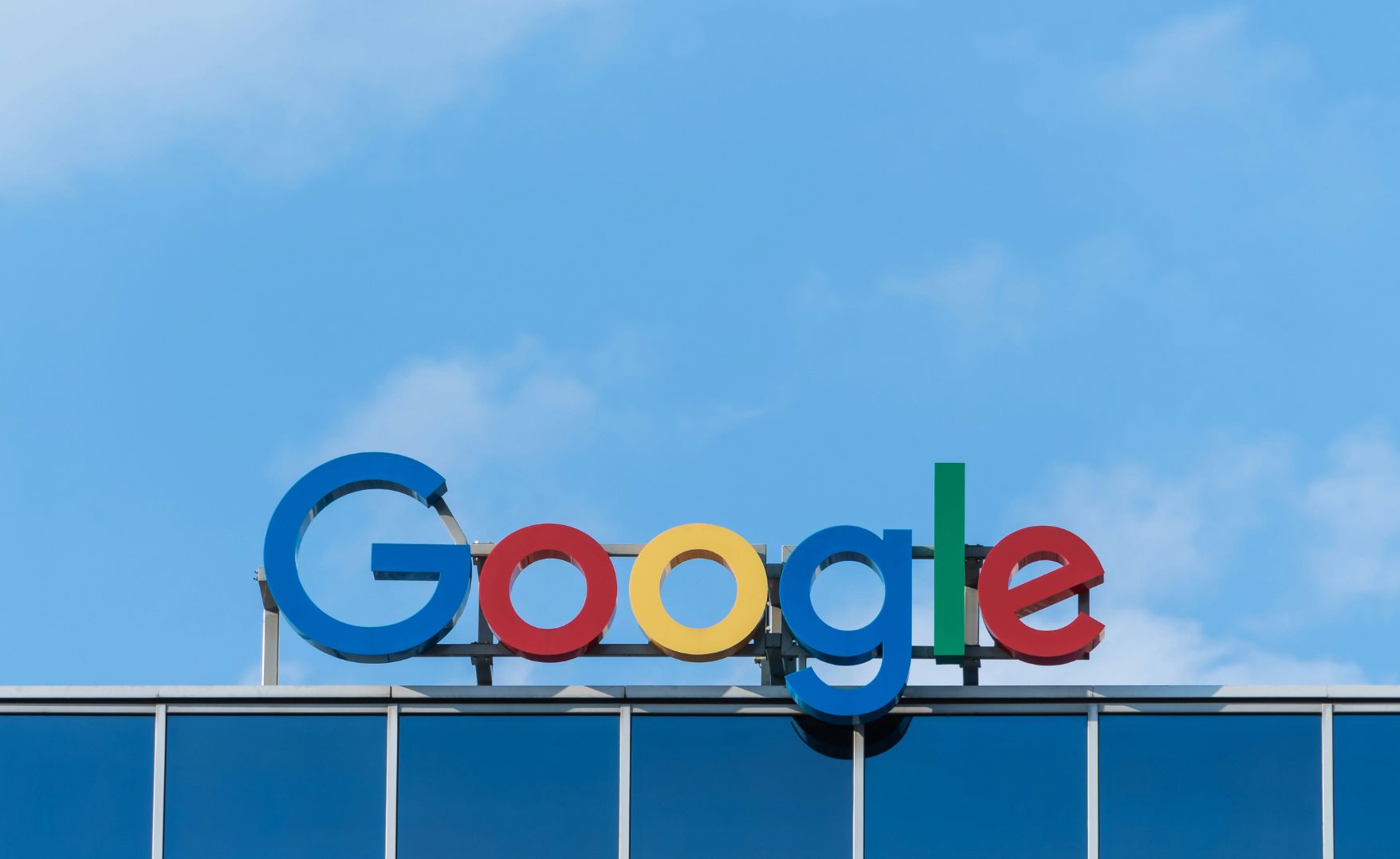
Navigation
Contact Information
Toronto – 320 Front St W Suite 1600, M5V 3B6
Halifax – 2570 Agricola St, B3K 4C6
Email: info@timespacemedia.com
Phone: 902-429-8463
Subscribe to our insights newsletter

The fashion and beauty industry has long since made use of influencers to help peddle their image and messaging, but historically in the form of Hollywood celebrities and supermodels. The partnerships have been numerous over the years but it’s always the same formula; a high-profile celebrity or model joins forces with an equally high-profile fashion or beauty brand. Think Kate Moss and Calvin Klein, or more recently, Hailey Bieber and Calvin Klein.
Over the last decade however, the fashion industry has seen a shift from traditional celebrity endorsements to partnerships with influencers who possess sizable social media followings, bringing about new ways for brands to connect with consumers in the space.
The Appeal of Influencers for Fashion and Beauty Brands
The first fashion and beauty influencers were the vloggers and the bloggers of the late 2000’s. Fashion bloggers like Chiara Ferragni and YouTube “beauty gurus” like Michelle Phan built huge followings through their ebullient personalities and relatable, low-fi content centred around “outfit of the day” posts and makeup tutorials. Consumers were drawn to them because they offered content that was different than the unrelatable articles and glossy print ads of publications like Vogue and Harper’s Bazaar, and although content quality has increased since then, this still largely remains true. It was and is the unpolished, relaxed nature of their content that consumers were drawn to and could relate to.
Before social media, it was magazines that had the sole responsibility of declaring what was hot and what was not, but influencers have changed that. Social media researcher, Mariah Wellman, states “Influencers present fashion in a way that is accessible to followers. They bring authenticity to brand collaborations that, if done well, encourage their followers to purchase. They also often start trends through their own personal fashion, which spurs the consumption of those items for a period of time.”
L.L. Bean witnessed first-hand the power of an influencer endorsement in Summer 2022 when their humble canvas tote became one of the must-have summer accessories on TikTok. The Boat and Tote, its official name, is a simple, utilitarian canvas tote that’s been in production since the 1940’s, having originally been conceived to “haul ice from car to ice chest”. However, it wasn’t until TikToker, Grace Wiener posted about it June 2022 that sales surged and L.L. Bean had their highest sales in a decade. Part of what made the tote so popular on TikTok is the ability to monogram it with popular and/or ironic words or phrases, which many did and then chose to share on the platform, further increasing the popularity of the item.
Although L.L. Bean was the beneficiary of a purely organic movement, the success they saw demonstrates the significant impact influencers can have.
@graciewiener Reply to @user1213198904161999 #greenscreen @llbean ♬ original sound – GRACIE
Repositioning and Reintroduction
Consumers are drawn to influencers because they feel accessible and relatable, and its why brands may find it beneficial to give the influencer they are partnering with generous free reign with regards to the actual specifics around promotion. Of course, establishing guidelines, general direction, and objectives is important, but don’t discount the voice or input of the creator; they know their audience and how to promote your product in a way that feels organic and fluid.
Remi Bader is a fashion influencer on TikTok with 2.2 million followers and 90.6 million likes as a result of her relatable, engaging, and honest content centred around being a plus size women navigating fashion.
Her significant following has caught the attention of several brands, of all levels, like Amazon Fashion, Balmain, and Victoria’s Secret. While all of these brands are quite different, they’re all, in some way, looking to change public perceptions around them.
Amazon has been a consumer go-to for virtually everything, but it’s not top-of-mind as a fashion destination. Balmain is a luxury design house and has historically offered little to the plus-size consumer. Lastly, Victoria’s Secret faced severe backlash for negative and exclusionary comments about plus size and transgender women made by their then CEO in 2018 which, unsurprisingly, resulted in huge swaths of consumers blacklisting the brand altogether. By partnering with content creators like Remi, all of these brands can help change pre-existing perceptions consumers may have about them, while also introducing their products to those who might have simply not considered them or initially written them off.
Play the long game.
Fashion and beauty influencers have been around for a while now and consumers are only becoming more exposed to them, which can sometimes cause them to tune out these partnerships. According to a global Kantar survey, consumers are generally receptive to influencers with 24% preferring influencer content over other forms of advertising, however, “42% of consumers say they see too much influencer branded content”.
Overexposure is a concern brands need to be aware of, but it also highlights the importance of well aligned partnerships and resonating content, and to maximize success, brands should remember a few key points:
Encourage User Generated Content (UGC)
Brands that want to make the most impact with their influencer efforts should consider them as a means to not just promote their product, service, and/or brand, but as a launch pad for a larger UGC-centered campaign. A placement in an influencer video or photo is an ad, but thousands of other consumers creating their own content with your product is a movement.
Crocs, the quirky footwear brand, nailed this tactic with their #ThousandDollarCrocsChallenge, which they launched in late 2019 with influencer Adam Waheed and rapper Post Malone. The campaign encouraged users to embellish their Crocs in a unique way to make them appear more premium, to great success. Within 24 hours of the campaign launch, Crocs saw an 18% increase in followers on their TikTok account and less than 36 hours after launch, 45,000 videos had been made in response to the challenge.
@remibader Love is in the air @amazon @amazonfashion #founditonamazon #ad ♬ original sound – Remi Jo
@flighthouse Your most recent emoji is your reaction to winning #ThousandDollarCrocs! Mine is: 🤓 #ad @crocs ♬ I’m Gonna Be – Post Malone
Understand Your Consumer to Create Value
Influencer marketing is growing; the industry spend reached 16.4 billion in 2022 and will surely continue its ascent given the unwavering growth of platforms like TikTok, YouTube, and Instagram.
With Millennials and Gen Z both spending a significant amount of time on social media and thus consuming influencer content, the need for brands to engage with this tactic will continue to grow. Fashion and beauty brands are fortunate, but also face increased pressure as both Millennials and Gen Z are particularly receptive to content creators operating in this space. Research has found the “top category that [Gen Z] has purchased or intends to purchase from via social media” is apparel and the third-place category is beauty. For Millennials, the third-place category is luxury, which is more general but can and usually does refer to high end beauty and fashion products.
The popularity of influencers means users on social media are constantly exposed to creator ads so for brands to see success, and ultimately conversion with influencer marketing, they need to cut through the noise. Maximizing success with this tactic comes down to understanding your audience and forging partnerships with influencers who not only have audiences that will be receptive to your product but can effectively convey your message in a way that is interesting, authentic, and resonating.
Toronto – 320 Front St W Suite 1600, M5V 3B6
Halifax – 2570 Agricola St, B3K 4C6
Email: info@timespacemedia.com
Phone: 902-429-8463
Subscribe to our insights newsletter